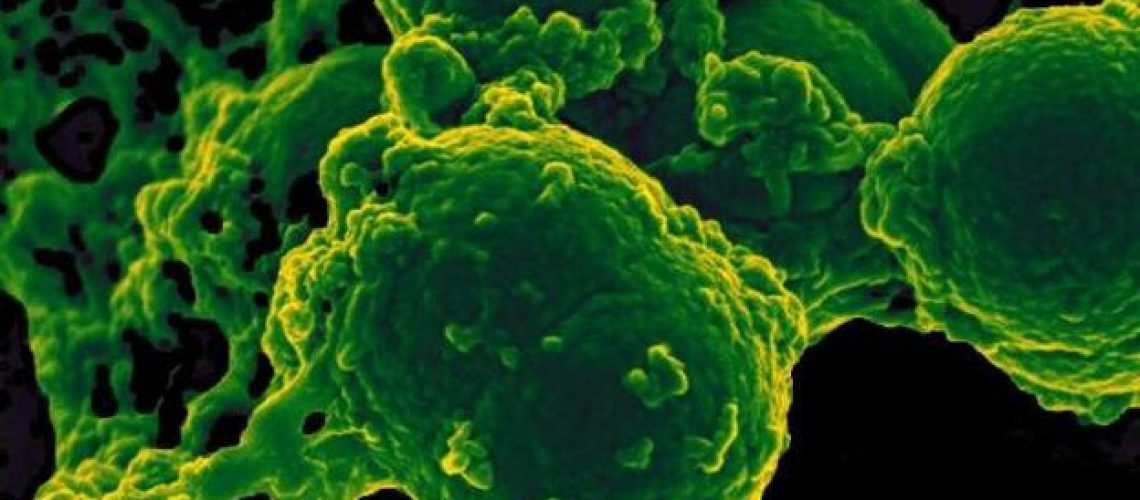Schools, gyms, hospitals, locker rooms, daycare facilities, firehouses, the average home.
Just a few of the places superbugs like MRSA (methicillin-resistant staphylococcus aureus) have been found lurking in significant quantities. What’s the big deal with MRSA? Perhaps you’ve heard of something called a STAPH infection. Well, MRSA is an antibiotic-resistant STAPH bug, which can lead to an antibiotic-resistant STAPH infection. Many of these are life-threatening.
Besides MRSA there are many other superbugs. Take the contagious, antibiotic-resistant CRE for example. A recent study published in the medical journal, Infection Control and Hospital Epidemiology, revealed that cases of CRE increased five-fold in community hospitals from 2008 to 2012 in the Southeastern U.S. And oftentimes, hospitals aren’t required to report infection-related deaths. However, the last CDC Study revealed that 18,000 people in the US were killed by infections in 2005. Today, that number is much higher.
Superbugs truly are a silent killer. Not just because they’re on a microscopic scale and thus it’s easy to pick up an infection, but because a large number of people in the world don’t know they exist. If you asked a random person on the street, they probably have never heard of it. But they probably saw what Iggy Azalea last tweeted.
And that is part of the problem. The less that people know about it, the less pressure there is on leading figures to lay down an action plan to address it. It also means that people aren’t taking steps to protect themselves against this unknown danger. Washing hands can sure lower your risk, but hand soap isn’t going to do much against antibiotic-resistant superbugs.
However, there are proven killers of these superbugs and other serious viruses. The same journal that published the report mentioned above, Infection Control and Hospital Epidemiology, confirmed in a separate study that ozone is an effective killer of MRSA, as well as a host of other fungi, viruses, and bacterium. In hotels, schools, daycares, and hospitals, ozone can be used to disinfect entire rooms. Athletes can use ozone to disinfect their hockey, football, lacrosse, and motocross gear. And firefighters can disinfect their bunker gear, or police can disinfect Kevlar vests and tactical suits.


